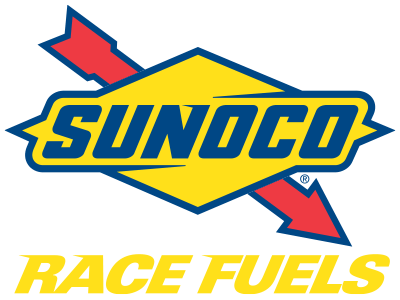What Makes Cyclone 17 a Unique Fuel?
Sunoco Race Fuels has expanded its product line with a new fuel called Cyclone 17. Cyclone 17 is a 117-octane leaded racing fuel that is designed to offer benefits to the modern racer.
Sunoco needed a new fuel to add some flexibility for racers who race all year long. In the beginning and end of the season the lower temperatures can reduce the volatility of racing fuels. In pump fuels the evaporation characteristics are adjusted by changing the composition at the terminal to match colder ambient temperatures.
Gasoline needs to partially evaporate to allow for fuel/air mixing in the gaseous phase in order to support combustion. As the engine warms up there will be more heat in the engine compartment to help evaporate the gasoline.
However, many drag racers prefer to go down the track without warming up the engine. Running a cold engine can offer some benefits in other areas like coolant and lubrication. Cyclone 17 can evaporate quicker at lower temperatures when compared to other race fuels. During the summer months the ambient air temperature will be high enough to adequately evaporate all our fuels and reduce the noticeable advantage of Cyclone 17.
This new fuel is approved as an option for NHRA Prostock motorcycle and a good fit for a wide variety of engines. Engines with large intake runners and cylinder heads with high flow bench results will enjoy the increased evaporation of Cyclone 17.
Gasoline is like many other parts that can come under intense scrutiny at the high levels of racing. Pre and post-race fuel samples are often checked to ensure fair competition.
The most common at track testing is for density and dielectric constant. Density is one of the most basic properties of fuel and is extremely easy to check. While dielectric constant is more complicated and requires an electronic device to measure. Dielectric constant has been useful in spotting oxygen containing compounds, think ethanol, methanol, and nitromethane for starters.
Spotting a fuel issue can be tricky at the track because the fuel system is circulating fuel and causing evaporation in the tank that can change the density and dielectric constant. The lighter components form fumes which can escape through vents and leave a slightly different gasoline remaining.
Technical officials are tasked with understanding normal variation versus a spiked fuel. Different fuel systems will have different effects on the fuel which also reduces the comparability between samples. Cyclone 17 was developed by carefully selecting ingredients that have similar density and dielectric constant. This strategy is important because any amount of evaporation will minimally affect the remaining fuel’s density and dielectric constant. Since Cyclone 17 will vary less at the track, it will provide the officials with more confidence in flagging samples for further testing. Within a laboratory setting there are at least fifteen different fuel specifications that can easily spot performance enhancing compounds.
Cyclone 17 is one of twenty different specialty race fuels that Sunoco manufactures out of Marcus Hook, Pennsylvania. Sunoco has been blending high octane race fuels for over 45 years and has developed many blends that help racers become champions.
Sunoco’s products are consistently made through the use of a distillation tower and dedicated blending facility that ensures year after year repeatable products. Our dedicated operation is key to producing fuels that are a cut above other fuels. Sunoco is in the business of providing the same product year after year to help reduce the variables that racers face at the track.
By: Zach Santner
Sunoco Race Fuels
Lead Chemical Engineer

